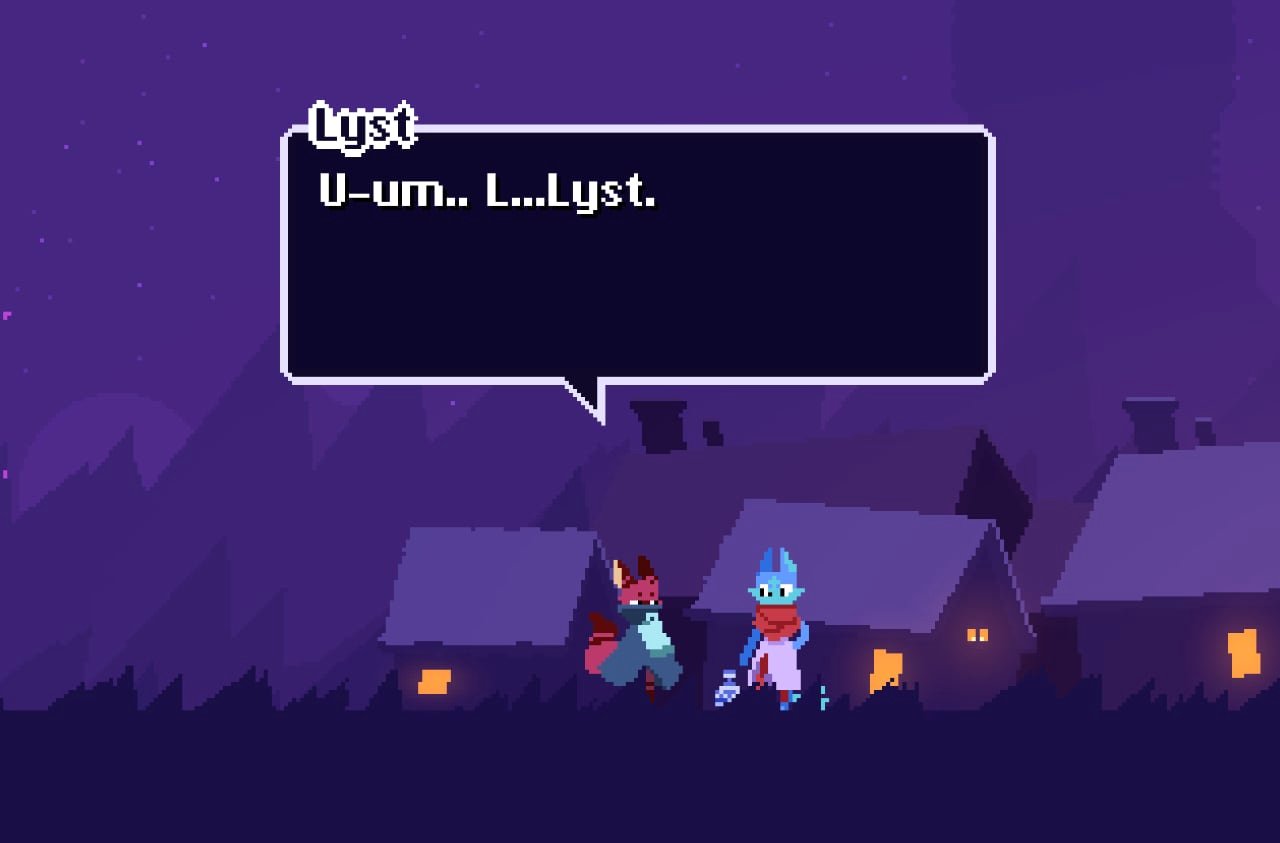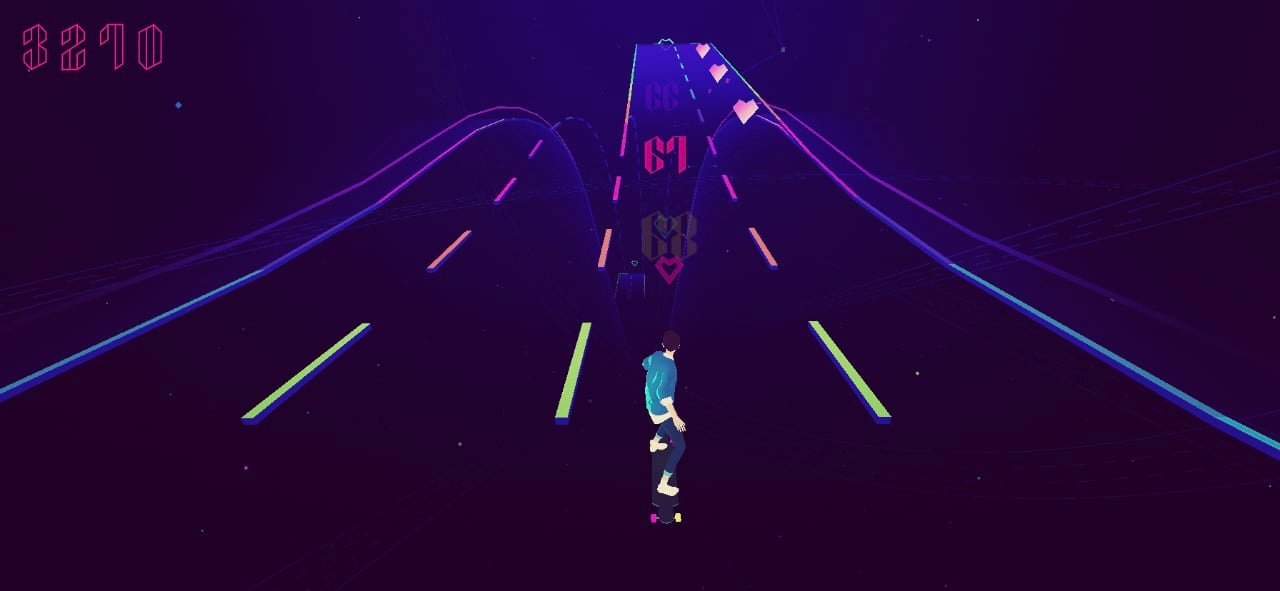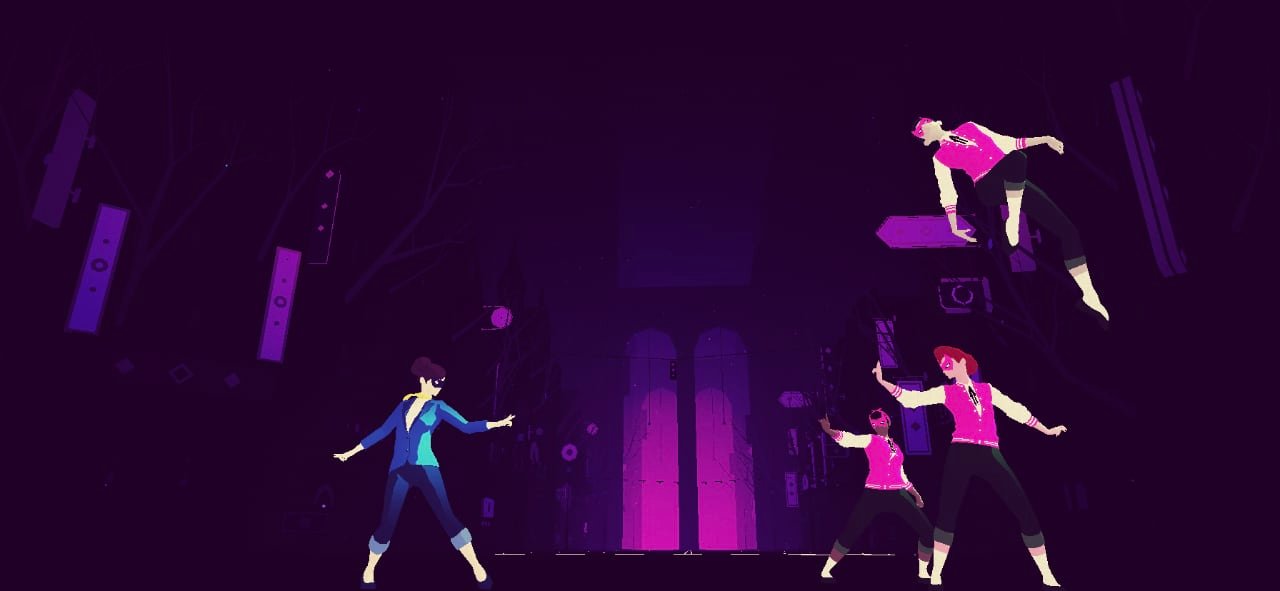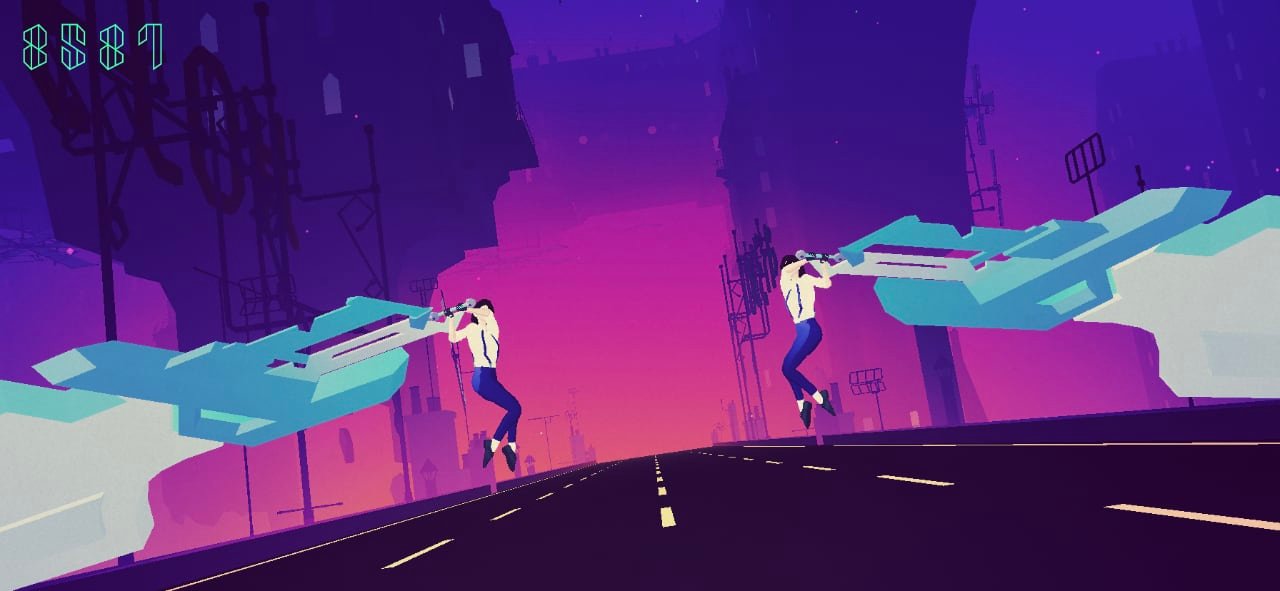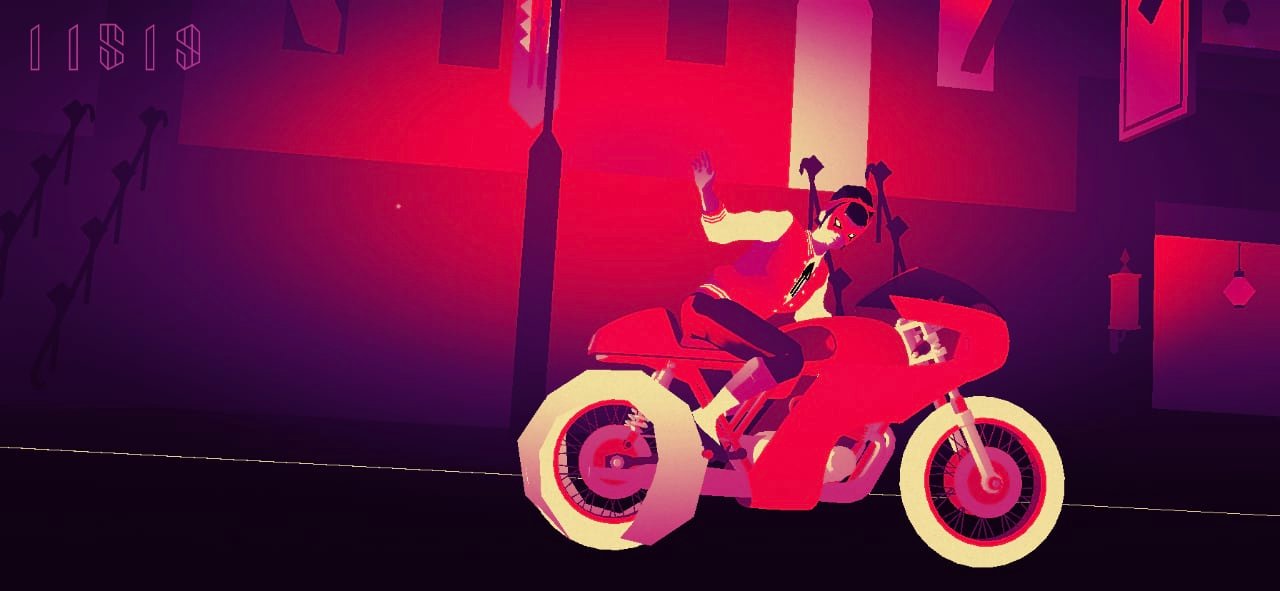
A Short Hike
Go north and climb, young bird.
A Short Hike is a casual exploration adventure game from adamgyru. I know am by no means the first to be to make this analogy, but A Short Hike is pretty much a one-take Animal Crossing, with a well-woven yet gracefully casual narrative.
You’re Claire, a bird that’s stuck on a trip, desperate for cell reception. Distressed by not being able to get an urgent call, your Aunt May tells you that you may be able to get cell reception at the top of Hawk Peak Provincial Park.
Distraction is the name of the game here. Sure, you have your plan to get to the summit of Hawk Peak, but while you’re working on that quest, the various animals send you every which way. You are in control of the best use of your time in this game—if you want to explore around, go fishing for hours, or stroll around and chat with fellow hikers, it’s all your choice. There’s no way to go wrong. It’s vacation time, and everyone in Hawk Peak Provincial Park is happy to see you, wants to help you or has a small task for you.

- it’s been one of those days
- would you say you feel lost and directionless?
- um, maybe
- well, I’ve got just the thing for you—take my compass.
As one example of an encounter on this adventure, I encountered a raccoon that was painting the beautiful landscapes around Hawk Peak. While their paintings were lovely, they kept feeling like their paintings were missing an angle. In my first encounter with the raccoon, I complimented their portrayal of the coastline. Still, they expressed dissatisfaction, expressing that they’re achieving “a more abstract look.” Each time you meet them, they’re working on a different landscape, and they’ve got a distinct impression of their painting. It’s adorable and immensely relatable—I never quite like my own work.
A Short Hike is also a bit of a collect-a-thon. Sticks, shells, coins, feathers, or fish—you can find just about anything strewn about the world. And there’s almost always a use for these items. Jen, a fellow bird, wants shells to make into a necklace. Sue is a sweet rabbit who lost her lucky red headband. You can take on the task to help them out!
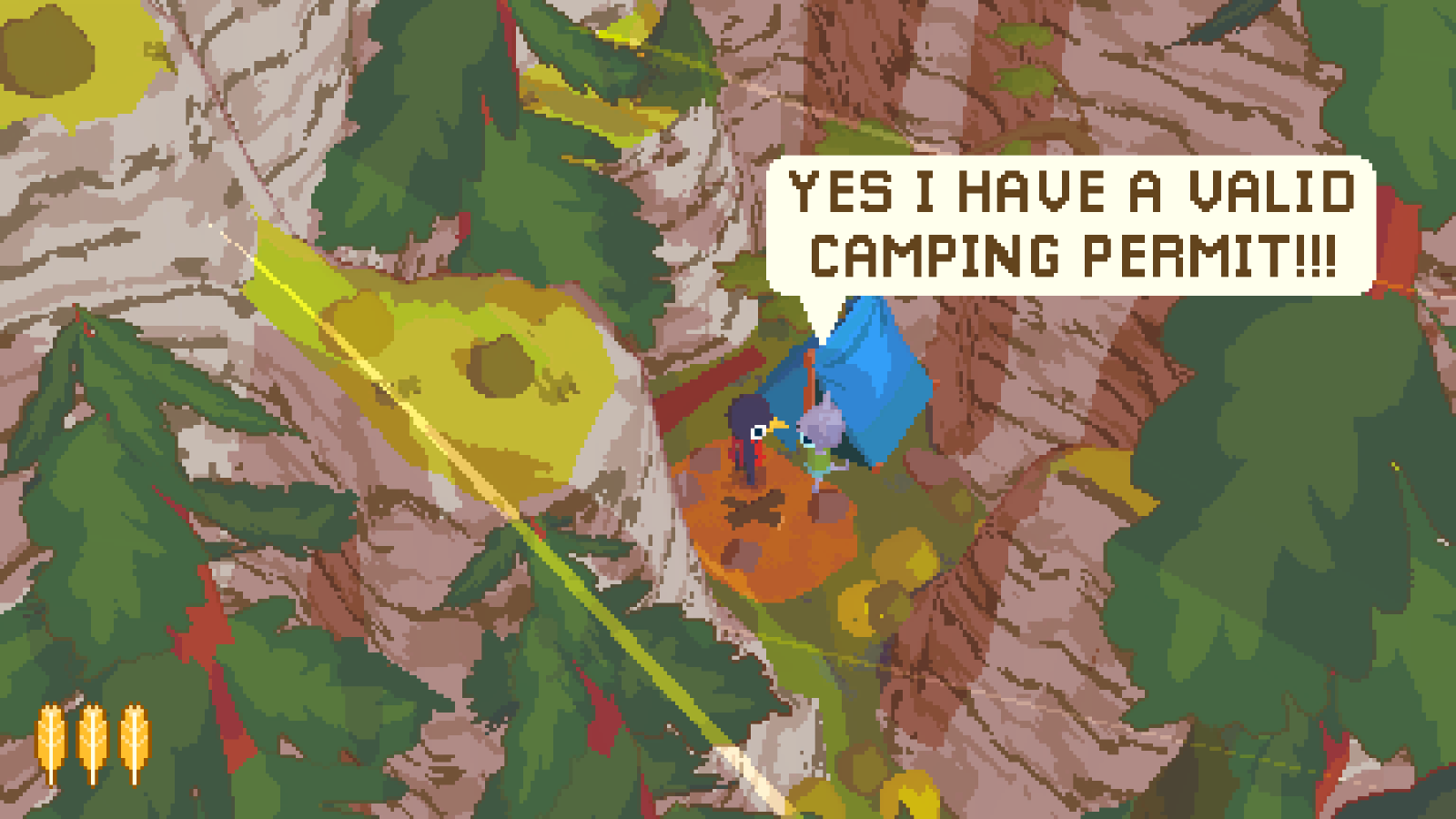
- where’d you leave the permit
- you’re not gonna believe me
- what?
- a fish ate it
- come on…that does seem a little fishy
This game crossed my radar because of the hype, which is well-deserved. I’ve been a bit of a stress-ball the past few days, and this gave me two much-needed hours of chill. The PS1-style super-pixelated world is beautiful, and the soundtrack is one you’d want to listen to even outside the game.
A Short Hike is rated as “Overwhelmingly Positive” on Steam, which is just about right. (Don't forget that buying on itch supports the creator more, and you get a Steam key, too.) You should take some time and enjoy a A Short Hike through Hawk Peak Provincial Park yourself.

